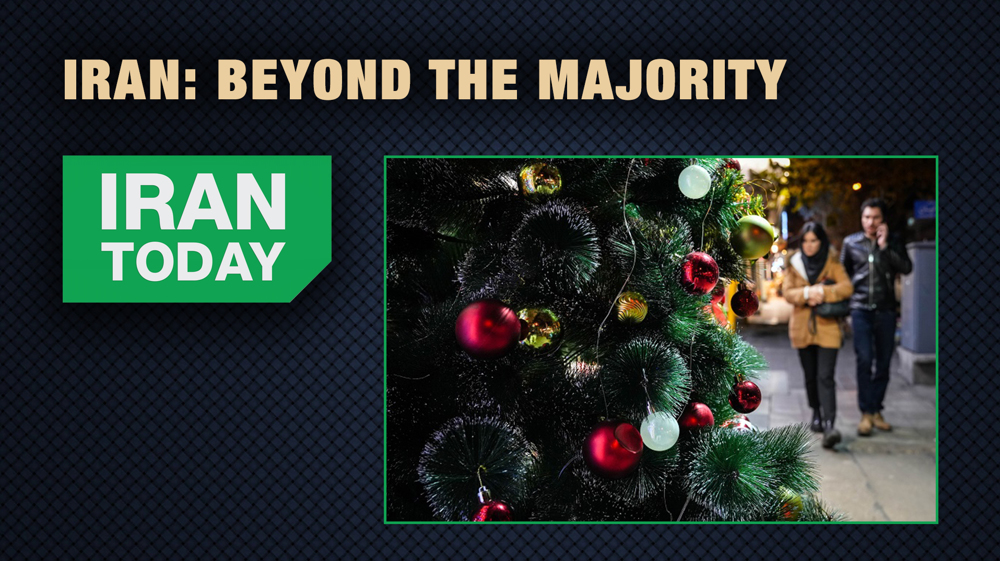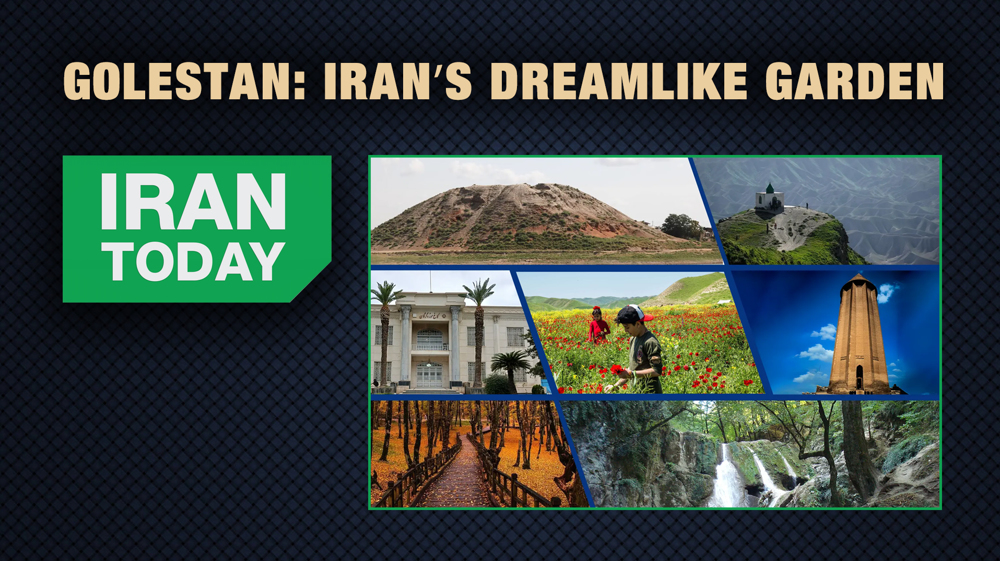Resistive economy
On February 19, 2014, and after consulting with the Expediency Council, Leader of the Islamic Revolution Ayatollah Seyyed Ali Khamenei announced the general policies of what’s come be known as Resistive Economy.
When the policy was first announced, some equated it with “austerity”. Austerity measures, a well-known phenomenon in the West, are measures taken by governments to downsize the economy of their countries by lowering the quantity and quality of their services and benefits they provide for the citizens. These measures put pressure on the citizens as a result, hence the naming of austerity.
Resistive or resistant economy is a long term policy aimed at localizing development theories. More than three decades since the Islamic Revolution, Iran will now have its own unique strategy predicated on the Islamic economic model with principles that differ from those of the predominant economic theories in the world, that is liberalism and socialism.
When the tensions between Iran and the West intensified over its nuclear program, Washington managed to form an international coalition against Tehran, a move that would spell disaster for a country with an economy heavily dependent on oil.
Prior to the sanctions of the past decade, Iran produced more than 2.5 million barrels per day of oil, but when the sanctions took effect, that number plunged to only one million. Many believe Iran’s new economic policies are a response to the sanctions and other international pressures. Another such limitation imposed on the Iranian economy came from the European Union.
The EU ordered the Society for Worldwide Interbank Financial Telecommunication (SWIFT) to block Iranian banks subjected to EU sanctions from using their service. Global financial transactions are virtually impossible to implement without SWIFT, still Iranian merchants found other ways to circumvent it…though the costs involved were staggering. But things got even more difficult when Iranian banks too faced direct sanctions.
Despite the extensive sanctions against Iran, many of the country’s economic decision-makers and high-ranking officials, would blame other reasons for the failures of the years past. They point the finger at the lack productivity in the predominantly government-run economy and the absence of an indigenous economic strategy. According to the most recent report by BP, Iran sits on the fourth largest oil reserves in the world. But here’s the catch: With such a lucrative revenue resource, the Iranian economy has become more state-owned, that is, up to 85 percent of it.
Over the past decades, successive administrations promised to reduce the country’s addiction to revenues earned from oil exports, but figures from the past 20 years show that on average, 54 percent of the national budget was secured from petrodollars. The huge cash flow into the country in the mid-2000s, send liquidity soaring from $20 billion to $43 billion a year. That figure now stands at $226 billion. The injection of such large sums of cash into the production sector, could potentially jolt Iran’s economy into growing by leaps and bounds.
Watch the full video of this episode below:
Iran appoints new central bank governor after currency fluctuations
General Ahmad Vahidi appointed deputy commander of IRGC
Iran MPs hail triple satellite launch as major milestone in space program
VIDEO | Bangladesh holds a solemn funeral for former Prime Minister Khaleda Zia
Historic Indian city of Lucknow in a state of disrepair
'Mythomania': Iran calls out CNN for amplifying Netanyahu's lies on its nuclear program
Israeli paper reveals high cost of new laser air defense system
IRGC intelligence forces disband terrorist cell in southeast Iran









 This makes it easy to access the Press TV website
This makes it easy to access the Press TV website